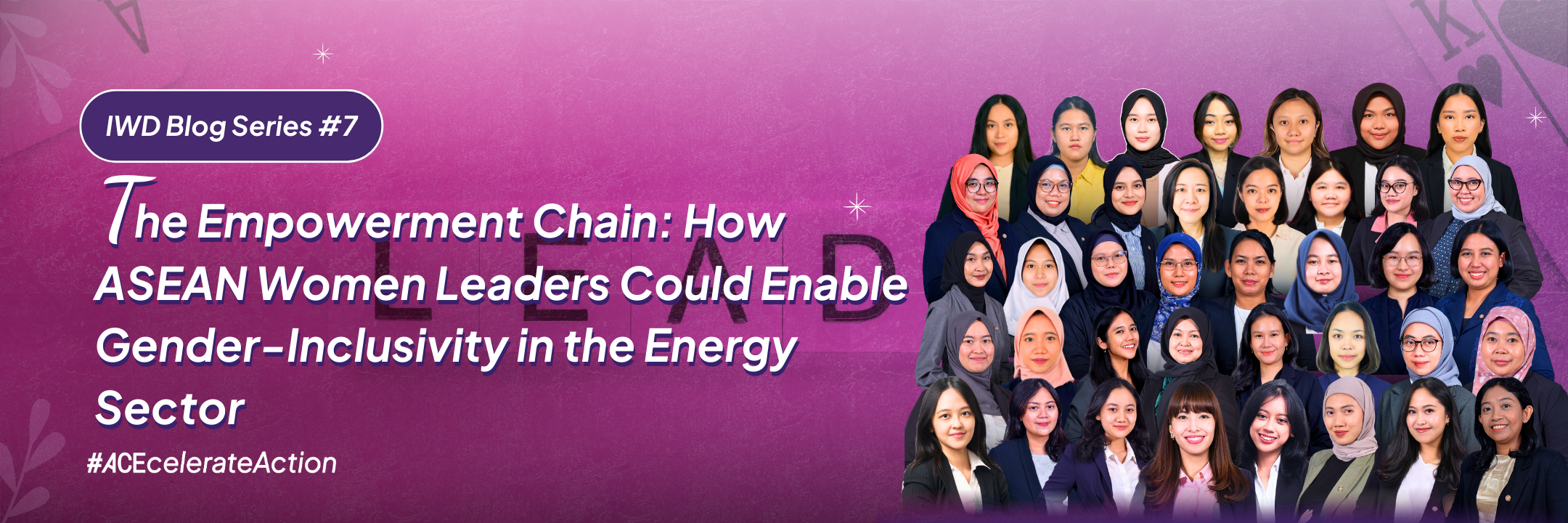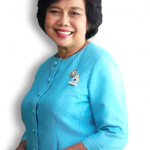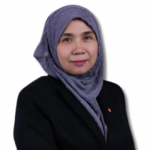
by Gadiz Liberty Namira
9 April 2025
Gender equality in the energy sector is intrinsically linked to the representation of women in leadership roles. Representation is a powerful tool to not only highlight the contributions women make to traditionally male-dominated fields like energy but also to inspire and empower other women, including young girls, to pursue careers in this sector. The success of the energy transition in the ASEAN region hinges on inclusive leadership—especially the contributions of women, though their efforts have often gone undervalued. A male-dominated field often overlooks or undermines the significant contributions made by women. Reflecting on ASEAN’s energy transition journey, it becomes evident that women leaders have played a pivotal role in both advancing energy policies and ensuring inclusivity within the region.
To equally represent the contributions of ASEAN women leaders in the energy sector, this article draws inspiration from the ASEAN Centre for Energy (ACE) Gender Equality Booklet, released in May 2024. The roadmap in the booklet highlights three key pillars that support efforts for gender inclusivity: women in government, entrepreneurs, and academia. This article will feature notable women leaders from these pillars and take lessons on how their leadership could enable further gender inclusivity agenda in the region.
Putting the spotlight on where credit is long overdue: ASEAN Women Leaders in Energy Sector
The featured women leaders are deliberately curated, essentially, based on the pillars of change they represent – government, private, and academia sector, showing the importance of embedding gender inclusivity across all sectors. Moreover, their leadership have also shown tangible result, portraying pertinent impact of women leadership to each sector they represent.

Representation of women in policymaking is crucial for achieving gender equality in the energy sector. The Philippines has successfully enacted policies that mainstream gender equality, with significant contributions from Helena Z. Benitez. A former four-term President of the National Commission on the Role of Filipino Women (NCRFW) and the first Filipino woman to head the UN Commission on the Status of Women (CSW), Benitez’s leadership was instrumental in establishing the Gender and Development Strategic Plan (GAD-SP) in 1995. This landmark framework, developed by the National Council of Women of the Philippines (NCWP), laid the foundation for gender mainstreaming across sectors, including energy.
Despite the slow progress toward achieving gender parity—where women constitute only 23% of national parliamentarians as of 2019—Helena Benitez’s work in empowering women in government and policymaking has been groundbreaking. The GAD-SP, under her leadership, remains a critical tool for ensuring that women’s needs and perspectives are integrated into policy discussions. More women in leadership roles mean more gender issues are addressed in policymaking, contributing to the further advancement of gender equality within the energy sector.

To see how policy translates into real-world impact, it is equally important to look at the private sector. Wandee Khunchornyakong has been a trailblazer for women entrepreneurs in the energy sector. Through her company, SPCG Public Company Limited, she has pioneered the development of solar photovoltaic (PV) projects, especially in farms and rooftops across Thailand. Since the enactment of the Feed-in Tariff (FiT) policy in 2008, Wandee saw an opportunity and successfully established solar power projects. Today, her company owns 36 solar projects that contribute electricity back to the grid, and she is working to expand these projects across ASEAN.
However, Wandee’s journey was not without obstacles. Despite her innovative ideas, she faced significant challenges securing funding, as Thai banks were initially unwilling to back her venture. After convincing Kasikornbank (Kbank) to fund 60% of the total investment, she overcame the initial financial hurdles.3 This experience reflects a broader challenge faced by women entrepreneurs globally, where women-founded companies represent less than 33.33% of businesses, despite women making up more than half of the population.4
Wandee’s entrepreneurial leadership not only contributed to the clean energy transition but also focused on gender inclusivity within her company. By ensuring that 60% of her workforce was women, she has championed the empowerment of women in the workforce. Additionally, as the president of the National Council of Women of Thailand (NCWT), she has been a staunch advocate for providing education and job opportunities for women, reinforcing the belief that “empowered women, empower others.”

The third key pillar of gender inclusivity in energy is academia, where scientific research plays an essential role in informing energy policy and ensuring that energy systems are designed with resilience in mind. Professor Ir Dr. Haslenda Hashim from Malaysia stands as a prominent figure in this domain. Her research on climate-resilient energy systems and sustainable energy systems has been instrumental in developing models to plan and design low-carbon societies. Professor Haslenda has published over 200 articles and has received global recognition for her work in the field of energy and climate change, including the prestigious US-Asean Science & Technology Fellowship.5
Professor Haslenda’s work is a prime example of the increasing number of women researchers in STEM fields, particularly in energy. Despite the growing presence of women researchers in global scientific fields and their significant contribution, gender disparity remains, with women in research projected to reach parity with men only by 2052. 6 Nevertheless, Professor Haslenda’s accomplishments highlight the critical role of women in shaping scientific evidence that supports the clean energy transition.
Looking at the stories of Helena Z. Benitez, Wandee Khunchornyakong, and Professor Haslenda Hashim, it becomes evident that representation is a key factor in advancing gender equality in the energy sector. These women leaders have faced unique challenges in their respective fields, but each has worked to empower other women through their achievements. The underrepresentation of women in leadership roles is a major obstacle, but increasing the number of women in decision-making positions leads to greater gender inclusivity, ultimately benefiting the sector as a whole.
Their stories reflect a powerful pattern of empowerment. As more women are appointed to leadership positions, they empower other women to enter the field and advocate for gender equality. By addressing issues that have long been neglected due to the lack of representation, these leaders are contributing to innovative solutions that improve both the energy sector and the broader societal landscape.
Looking to the future, these stories provide an optimistic vision of the energy sector. With gender-focused policies, such as those promoted by Helena Z. Benitez through the GAD-SP, and the entrepreneurial success of Wandee Khunchornyakong, one can imagine a world where policies deliberately address gender inequality and provide opportunities for women. The scientific evidence provided by Dr. Haslenda Hashim underscores the importance of research in ensuring that these policies are based on solid data and analysis, further strengthening the case for gender inclusivity.
The first edition of ASEAN Gender Equality Booklet (2024), outlining actionable steps for creating a gender-equal, sustainable energy future. One of which is through the exploration of ASEAN RE Gender Roadmap. The roadmap highlights the importance of collaboration across sectors—government, industry, academia, and local communities—and calls for the establishment of the Renewable Energy Sub-Sector Network (RE-SSN) to coordinate efforts and ensure continuous progress.
Furthermore, in streamlining the next cycle of APAEC theme 2026 – 2030: “Advancing Regional Cooperation in Ensuring Energy Security and Accelerating Decarbonisation for a Just and Inclusive Energy Transition”, the second volume of the ASEAN Gender Equality Booklet6 , incorporated gender equality to the just and inclusive principles. The document outlines outcome-based strategies to mainstream gender into policy and planning and turning this vision into reality will require not only strong political will but also the continued leadership of women in the energy sector.
By continuing to focus on increasing female representatives and empowering women at all levels, ASEAN can build a future where gender equality in the energy sector is not just a utopian ideal, but a reality.
Gadiz Liberty Namira is a Research Assistant of the Sustainable and Renewable Energy (SRE) Department at ACE.
The views, opinions, and information expressed in this article were compiled from sources believed to be reliable for information and sharing purposes only, and are solely those of the writer/s. They do not necessarily reflect the views and opinions of the ASEAN Centre for Energy (ACE) or the ASEAN Member States. Any use of this article’s content should be by ACE’s permission.